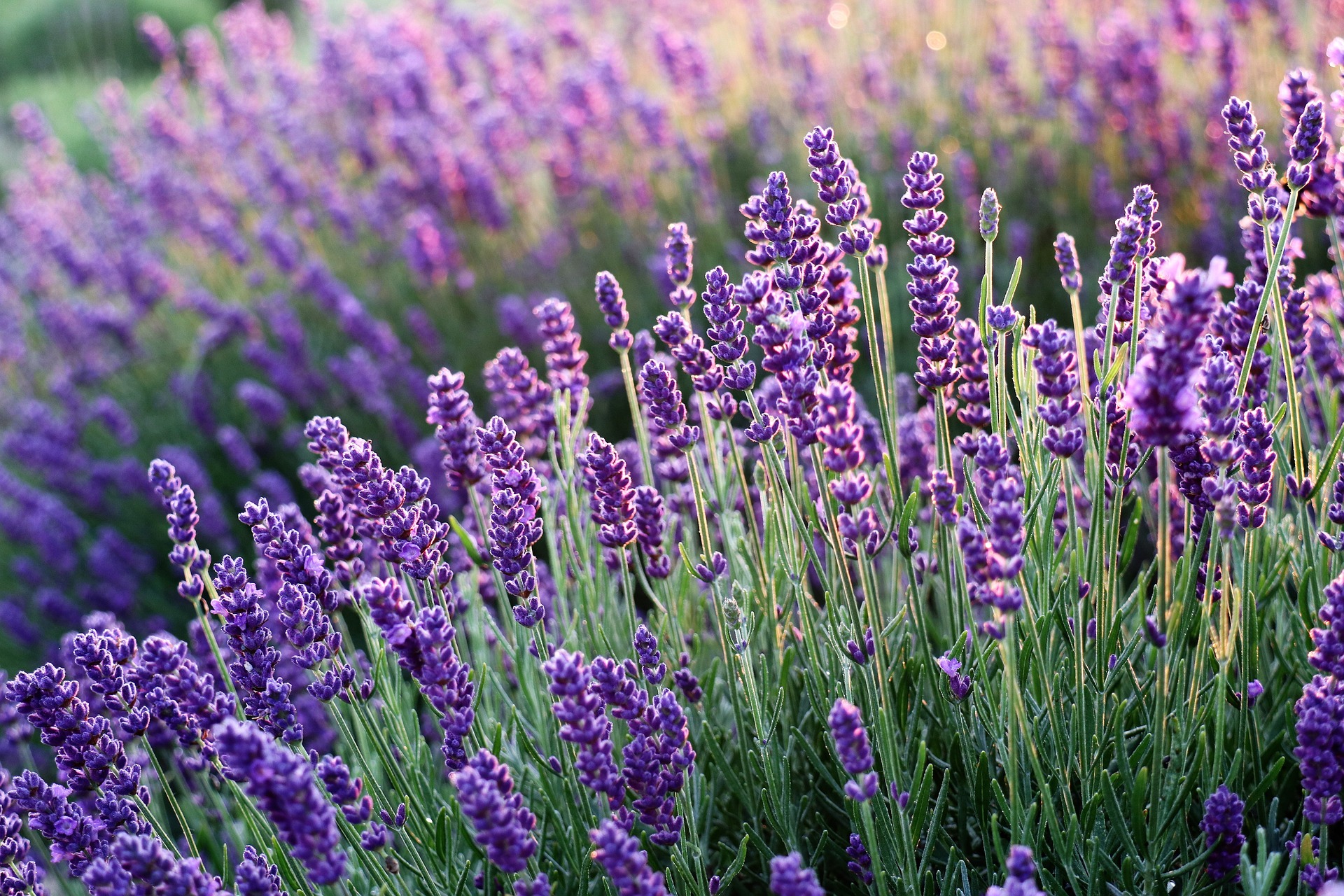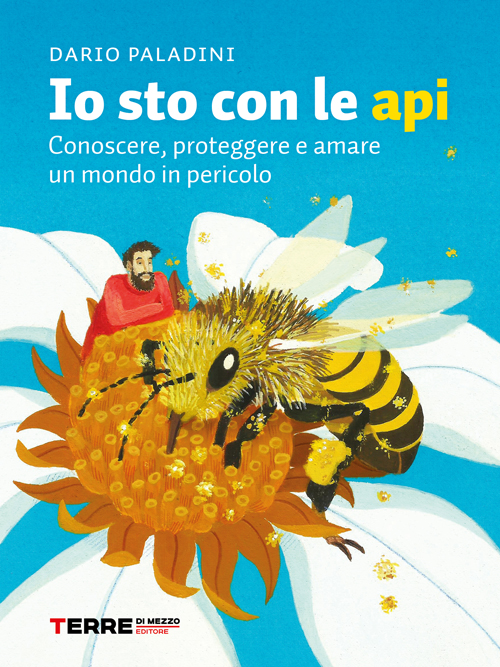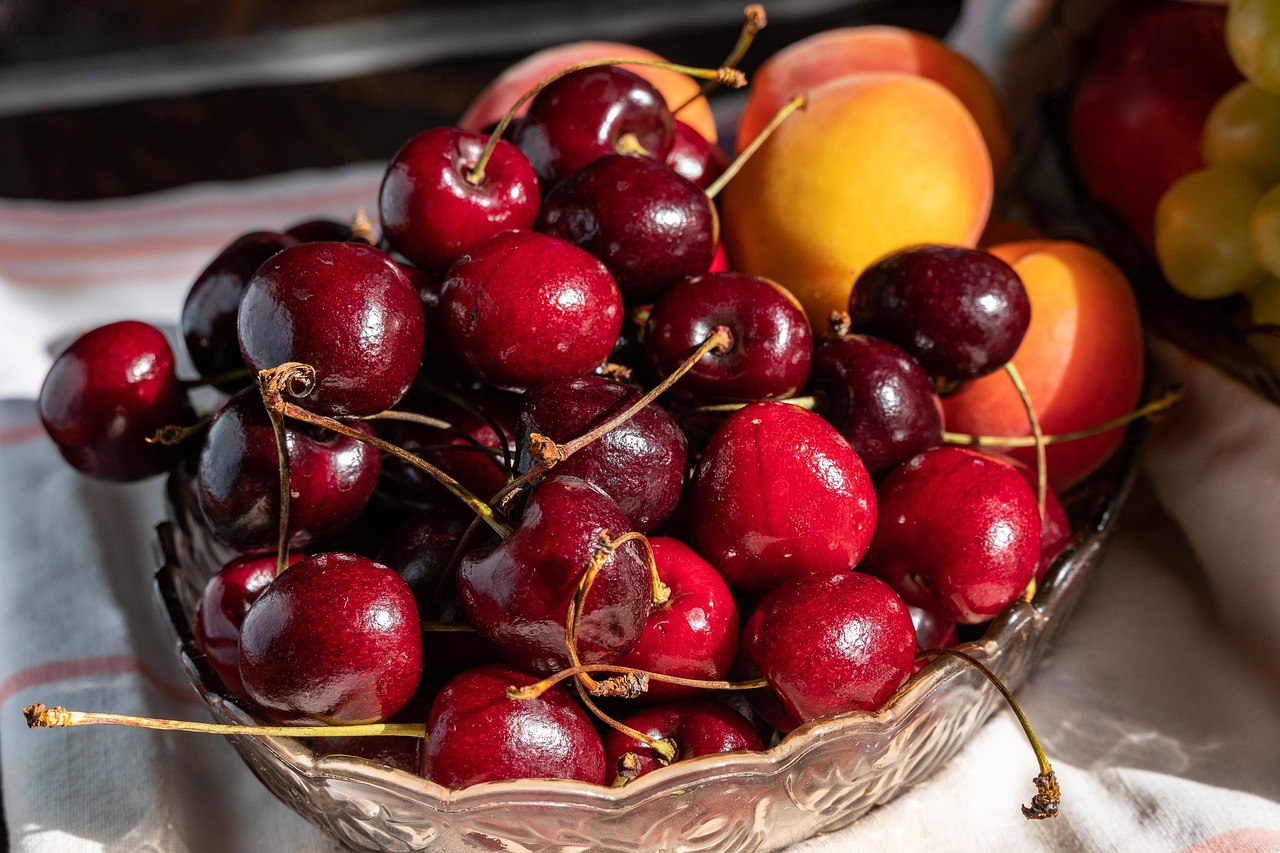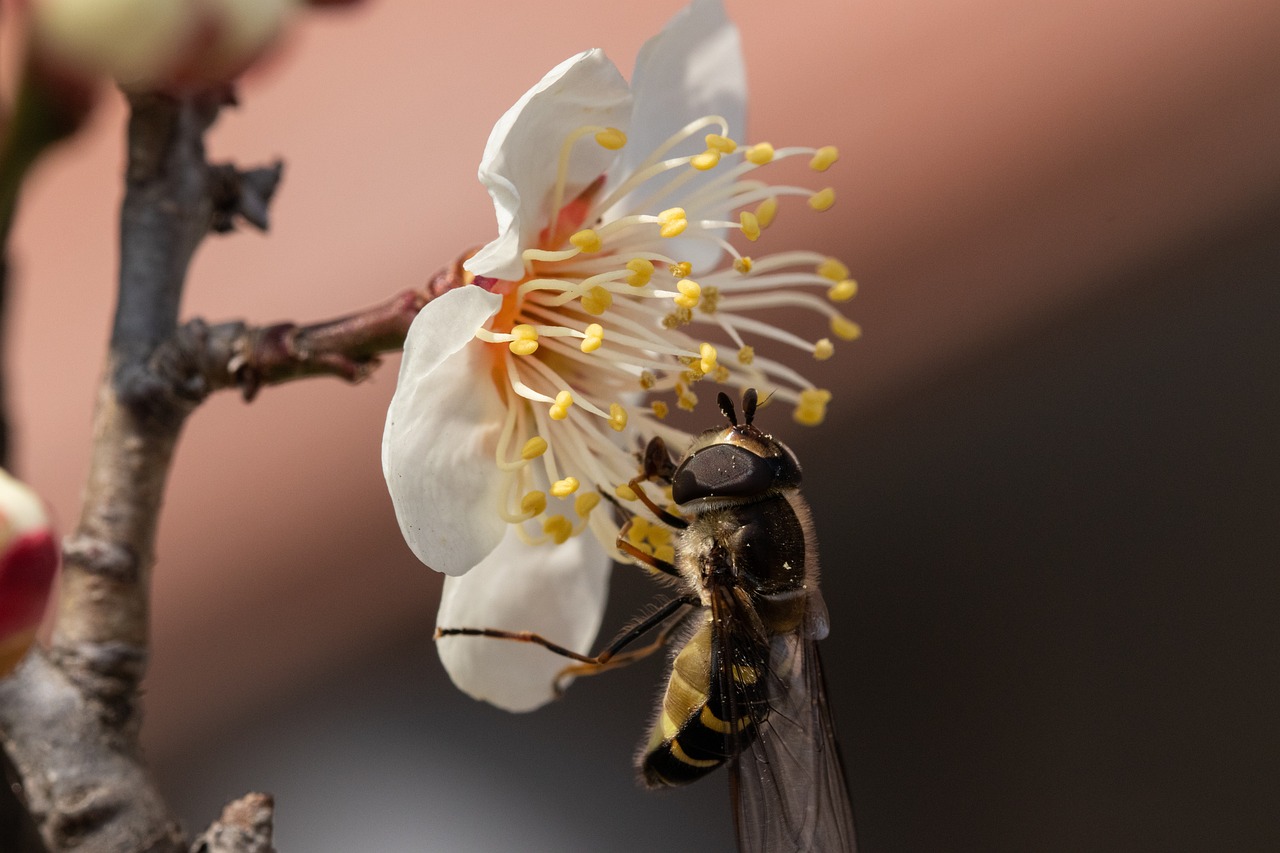The medicinal garden was planted in our company two and a half years ago, in a very favorable position, facing south, towards the Val d’Orcia and Monte Amiata. We decided to develop it alongside saffron and wild fennel, close to bee hives to create an optimal micro-environment especially for them, following the principle of multifunctionality.
Medicinal plants can also be used for pharmaceutical and curative purposes, with extractions, herbal teas, distillates, ointments, essential oils.
The medicinal garden produces a beneficial effect for the nature and for the soil, with a sanitizing action for the microclimate and the air. The garden also takes on a scenographic aspect, with species of plants divided into groups.
Our medicinal plants.
The plants in our medicinal garden are lavender with about 300 specimens, sage, thyme, white and pink oregano, white rosemary, helichrysum, wormwood, marigold and borage.
These are plants sown or propagated by cuttings or roots, which are easy to grow, rather resistant and which do not require great care.
let's find out better...
Lavender. The term lavender comes from the verb “to wash”. The plant owes its name to its good scent: being used in soaps or to perfume drawers, it is typically associated with an idea of good and clean. When it blooms in the garden, it is an explosion of color and its delicious aroma spreads in the air. The lavender bush beautifies the environment but it is not simply ornamental: it is a very useful plant, which brings advantages to the garden, attracting insects and lending itself to various uses, from cooking to perfumed decoration. Lavender is attributed disinfectant and beneficial properties for the respiratory system, while in aromatherapy it is used against stress and to relax. DISCOVER OUR LAVENDER PRODUCTION
Sage. Sage has been known since ancient times as a medicinal plant for its presumed medicinal properties, its scientific name is indeed salvia officinalis, and it is no coincidence that the term “sage” derives from the Latin salvatrix, or healthy. The qualities are anti-inflammatory, digestive, healing and bactericidal. Sage is also one of the most used aromatic herbs in the kitchen and also one of the most cultivated on balconies and in gardens; it is a perennial and evergreen plant, of Mediterranean origin, rustic and very simple to grow.
Thyme. Thyme is a small perennial shrub that forms thick and compact bushes, it has no problems in colonizing poor, arid and stony soils and for this reason it is a decidedly simple aromatic plant to grow in the garden. Balsamic and antiseptic properties are attributed to this medicinal plant; it also contains a good dose of vitamins. The infusion of thyme is instead used as a digestive.
Oregano. Oregano is a very common aromatic plant in Italy. In the Mediterranean areas it is found as wild spontaneous grass, especially in sunny and dry places. This herb has been known for centuries as an aromatic plant, but as well as in the kitchen, oregano has always been renowned for its medicinal characteristics, in fact it has beneficial properties particularly for the intestine and digestion.
Rosemary. It is a very resistant species and consequently very simple to grow. Rosemary is a medicinal plant that contains essential oils in its leaves and has properties that are useful to the body. In particular, like several other aromatics, it is said to have excellent digestive qualities and in general a beneficial effect on the gastrointestinal system.
Helichrysum. Helichrysum is an aromatic plant typical of the Mediterranean maquis, which easily grows spontaneously in the coastal areas of central and southern Italy. Its intense scent evokes the sea and the sun, however we can also find it in inland areas like ours. The helichrysum is a medicinal plant with many beneficial properties, first of all the anti-inflammatory and antibacterial ones, for this reason it is used to relieve problems of the respiratory system.
Absinthe. Absinthe is an annual or perennial herbaceous plant with a woody stem, very aromatic and with a bitter taste. It is widely used in liqueurs due to its intense flavour. Its preparations are indicated especially against digestive disorders.
Marigold. The marigold or calendula has ornamental properties and blooms practically all year round, it is easy to reproduce by sowing or cuttings. The flower has been used in natural medicine for centuries. It has important medicinal virtues, it is in fact an anti-inflammatory, healing and disinfectant; and a cosmetic use, as a moisturizer and astringent.
Borage. Borage is a spontaneous herb that is also grown as a vegetable, being edible. It is a fundamental presence for the medicinal garden, because its beautiful blue flowers attract bees and other insects useful for agriculture. It too has several beneficial properties: it contains the famous Omega 6, useful for skin cells, it also has calcium and potassium. In natural medicine, it is attributed anti-inflammatory, cough-relieving and antidepressant properties.
Do you want to build a medicinal garden in your home?
Most plants can also be grown in pots. Ask for our help and advice to learn about gardening techniques and specific cultivation methods. You will help many insects that are in your area and you will be able to enjoy the benefits of each plant.
Book a visit to our company: a tour totally immersed in beautiful nature, a Unesco World Heritage Site. You will discover the areas that we have dedicated to our crops and you will know about many curiosities, also learning something more!




